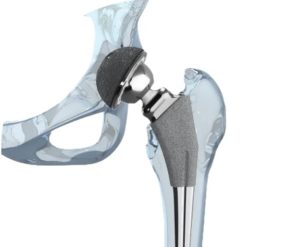Dolly. Fay. Kyle. Nana. Sally. Teddy.
The names can sound so jolly. The storms can be so deadly.
These are a few of the potential names for hurricanes for 2014. We’ve entered hurricane season (June 1 through November 30), and it’s time for a refresher on hurricane preparedness.
Image / NASA; National Hurricane Center
The track of Hugo, 1989. The storm made landfall
on Isle of Palms, S.C., as a category 4 hurricane.
In North Carolina, that’s a warning for everyone from Murphy to Manteo. Coastal areas are most vulnerable to hurricanes, but the vicious whirlies can wreak tremendous havoc on areas far inland.
Remember Hurricane Hugo in 1989? The storm made landfall in South Carolina, but then traveled nearly 200 miles to slam into Charlotte, N.C. It turned north and hit hard in Winston-Salem. In 1954, Hurricane Hazel ravaged our coast and then kept going, leaving a 2,000-mile path of destruction inland, eventually causing deaths and damage in Ontario, Canada.
As I’ve said before, no matter where you are, make sure you have an emergency plan formulated well in advance.
- Know your evacuation routes and locate your local emergency shelters.
- Don’t get caught by surprise. There is not enough time to think of everything you need to do when a hurricane gets close.
- As a hurricane moves closer to your area, begin monitoring the weather reports every hour.
- Listen for hurricane watches and warnings.
- Fill all vehicles with fuel and withdraw some cash from the bank. Gas stations and banks may be closed after a hurricane.
- If authorities ask you to evacuate, do so promptly.
- If you evacuate, be alert to flooded or washed-out roads. Just a few inches of water can float a car. Remember: Turn Around, Don’t Drown.
- Keep a photo I.D. that shows your home address. This may become important when asking a police officer or National Guard member for permission to re-enter your neighborhood.
A recent news release from N.C. Agriculture Commissioner Steve Troxler added some other good advice. Although aimed at agribusiness, the tips provided can help anyone be prepared to guard against some of the damage a storm will cause, and be prepared for the ensuing days of recovering from the disaster.
Some items to have on hand:
Emergency Preparedness Kit: Fire extinguishers, first-aid kits, a camera that stamps date and time, flashlights, batteries and other items.
- NOAA weather radio and batteries.
- Water and feed for animals. In this the commissioner was referring to livestock, but non-agricultural folks should remind themselves to provide for pets as well.
Things to do:
- Clear away all debris that could blow around in high winds.
- Take photos of valuable items; store all important documents above flood level.
- Think now about trees and limbs near your home or power lines. Do they need pruning or removing?
- If you go so far as to purchase a generator, make sure it is set up properly with a transfer switch to protect yourself and utility workers.
As Commissioner Troxler said: “No county in this state is immune to possible damage from a hurricane. Preparing for a hurricane is smart, and thinking through your emergency plan can help no matter what type of emergency strikes.”










Comments for this article are closed.